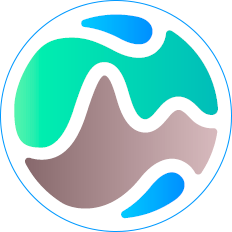The present-day kinematics and deformation of the Arabian plate and the southern Red Sea region involves a complex interaction of tectonic and non-tectonic processes including plate subduction, continental collision, seafloor spreading, intraplate magmatism, continental transform faulting, microplate rotation, hydrological loading cycles, and anthropogenic activity. Therefore, good constraints on the rates and directions of relative plate motion, plate boundary locations, and rheological properties in the area are essential to assess seismic and volcanic hazards in the region.
To address these questions, I combine Global Navigation Satellite System (GNSS) measurements from over 200 stations with regional kinematic block models. Using the nonrigid residual motions and changes in GNSS station baselines, I provide quantitative constraints on the internal deformation for the Arabian plate at different spatial scales. In addition, I use the GNSS station response to seasonal water exchange in the Red Sea to make inferences of the lithospheric elastic properties beneath Arabia.
The GNSS-derived velocity field indicates the coherent rotation of both the Danakil block in the southern Red Sea and the Arabian plate at present. Current motions in the southern Red Sea region, however, are inconsistent with previous interpretations and require an additional plate boundary in the area. Nonrigid residual velocities within the Arabian plate interior indicate that large-scale internal deformations are compensated internally. However, at a smaller scale, several localities accommodating significant strain can be identified, mostly related to anthropogenic activity. Ground response to surface mass loading associated with water transport in the Red Sea suggests that the Earth's elastic structure beneath the Arabian plate is 20% to 30% less stiff than global average (i.e., AK135-F planetary model). Still, the lithosphere beneath the Arabian plate remains strong despite being affected by continental collision and breakup on the northeastern and southwestern margins, respectively.


